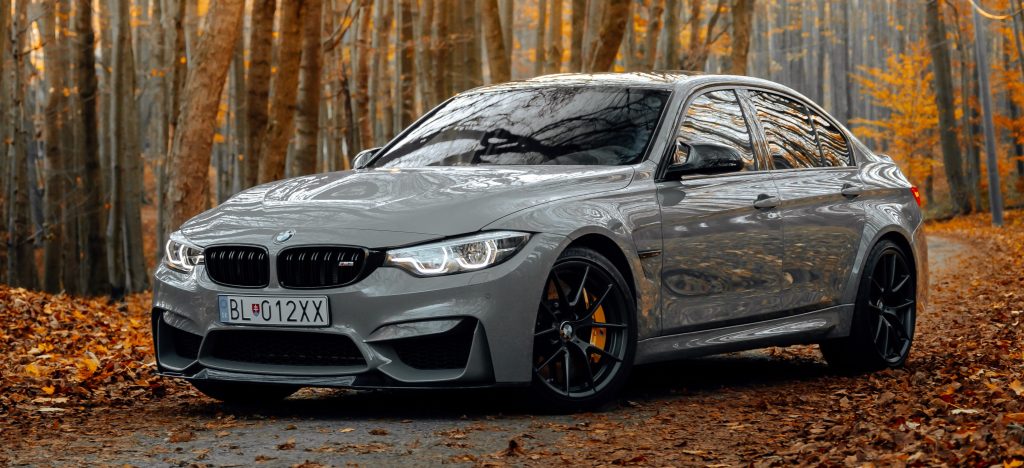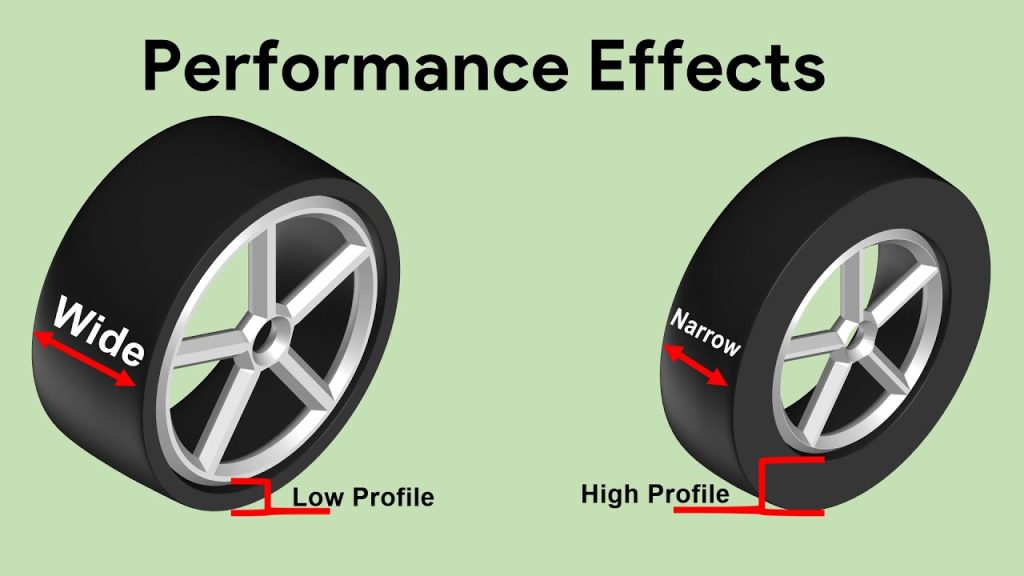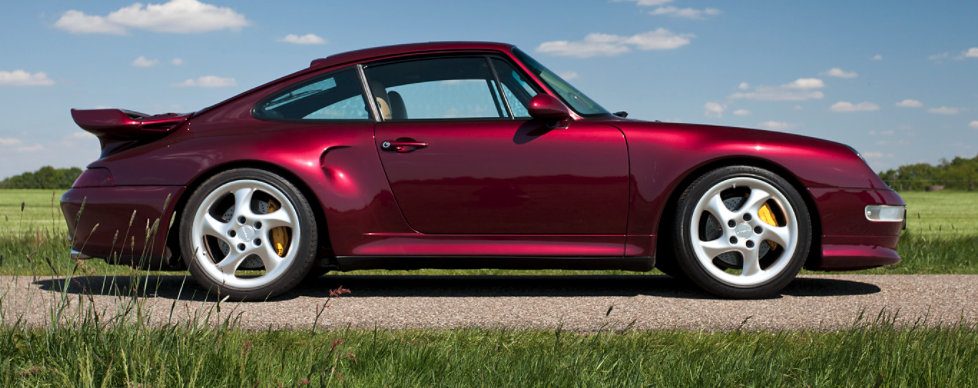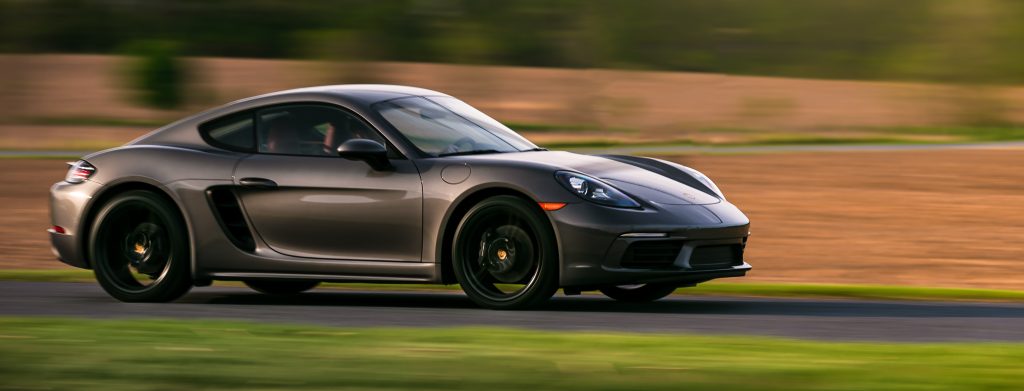Bigger Vs Smaller Wheels – Do They Affect Handling, And Performance?
The question we hear a lot about new wheels is; They sure look amazing, but will bigger wheels affect the ride, handling, and performance of a vehicle?
So, does size really matter?
Well, it depends.
In general, the bigger and wider your wheels are, the better traction your vehicle will have.
As you’re probably aware though, the bigger the wheel, the bigger the price tag.
Your wheel size won’t just affect your pocket but, it will have an overall effect on your car’s performance, comfort, and in some cases, your fuel economy.
Let’s dive deeper into the specifics below.
Before we dive in, please note the following:
Note that in all the comparisons we are making between smaller and larger wheels, we are doing so on the assumption that they are being fitted to the same type of car.
For a specified car, the tyre’s overall diameter remains roughly the same irrespective of what size wheel is fitted. By wheel size, we mean its nominal diameter, which is typically measured in inches (15″, 17″, 19″ etc). Also, for a larger wheel diameter on a specific car, the width of the rim almost always increases, too, resulting in a wider tyre being required.

Noise, Vibration, Harshness (NVH)
NVH (noise, vibration, and harshness) is a term used to describe each three vehicle characteristics.
Car manufacturers place a lot of emphasis on NVH and, motoring journalists have long used this for describing vehicle comfort.
The bigger tyres vs smaller tyres debate has been ongoing for years. The fact is though, your vehicle’s wheels and tyres play a huge role in NVH.
Take a 2018 BMW 3 series, for example. A 16-inch wheel and tyre combination will provide the most comfortable ride as the larger tyre sidewall can soak up most of the bumps.
18-inch wheels and tyres will create a bit more road noise than a 17-inch. However, still very respectable.
Moving up into the 19 and 20-inch wheel sizes will, of course, further exacerbate your vehicle’s road noise, vibration, and harshness in some way.
Increasing a vehicle’s wheel size almost always requires a wider tyre to be used, so road noise will increase regardless of the make and model of your vehicle.
Comfort
Your vehicle’s comfort is going to be slightly affected in some ways as a larger wheel means a smaller tyre sidewall height, i.e. a lower profile tyre.
How does that affect comfort?
Well, in comparison to a smaller diameter wheel on the same car, it is easier to feel all the small bumps in the road.
Tyres act as a cushion for your vehicle, so the bigger the sidewall, the more cushion you have.
Keep this in mind if you’re looking to upgrade to larger wheels with lower-profile tyres. The lower profile tyre offers less protection for the wheels from potholes and other external shocks, and so the risk of wheel damage slightly increases, in addition to reducing ride quality.
Aside from the different characteristics when driving on bumpy roads, wheel sizes play a pivotal role in road noise.
For example, 16-inch wheels typically aren’t as wide as an 18-inch wheel and will create less road noise. The taller, narrower tyres, will have less rubber contacting the road, resulting in less noise.
While road noise will be reduced with a narrower tyre, the handling and performance of a vehicle won’t be as good as it could be with a wider trye.
Does Wheel Size Affect Acceleration?

This can be a bit technical so stick with us.
The acceleration of a heavier wheel and tyre requires more energy than that of a lighter one. However, it also depends on how the mass is distributed.
In other words, imagine that every other component is kept stock, including the engine, driveshafts, gears, and differential, meaning they were built to fit the original wheels.
The added weight of heavier wheels will likely make it more difficult for the engine to accelerate them, which results in slower acceleration.
This is why racing cars are fitted with smaller wheels to reduce weight and accelerate more efficiently, something they do many times each lap.
However, once a vehicle is at a constant speed, such as highway/motorway driving, the differences of the greater weight cease to exist.
Ultimately for racing, though, smaller is faster, which is why F1 cars use 13” wheels.
However, that’s now changing, and F1 is switching to 18” for 2022.
Why?
It’s all for marketing purposes.
Running 18” wheels will allow them to be more visually similar to road cars and encourage more wheel manufacturers to get involved with the organisation.
The Effect Wheel Size Has On Your Speedometer
It is often thought and said that your speedometer will under-read when switching to larger wheels because larger tyres have a larger circumference and will have fewer rotations as you drive along the road.
There are a plethora of online tyre size calculators that aim to help car owners check any proposed new tyre size has a comparable diameter to the original factory sizes.

The early decades of selling alloy wheels were often only available in aftermarket sizes and were not available from dealers or factories.
So owners had to do their own research and ensure that any new tyre size for their wheels would not affect their speedometer reading by more than a few percent.
These days though, and especially when purchasing from us, we only offer wheel and tyre combinations authorised by the car or wheel brand.
Car manufacturers spend huge amounts ensuring that their permissible wheel and tyre combinations are technically sound.
Now and again, we receive an amusing email from a customer pointing out that, usually for a compact space saver wheel, the tyre is 3% smaller than their factory fitted wheels and citing an online calculator.
However, the spare wheels we offer are factory approved and backed by the technical might of, for instance, BMW.
Perhaps it’s worth noting that the difference between a new tyre and that which is due for replacement can be almost 13mm or up to around 3% difference. So although tyres are usually replaced in pairs on the same axle, a car’s wheelspeed sensors must be configured to allow for a difference in rolling diameter that at least exceeds the differences that would be caused by inequal tyre tread depths.
So you see, it’s not such a precise science as the online tyre calculators suggest.
That’s why it’s always best to trust the technical documentation approved by the car or wheel manufacturer.
If you’re not sure which wheel and tyre package suits your vehicle, take a look at our fitting charts, which detail all the manufacturers’ approved fitments.
Aesthetics
Beauty is in the eye of the beholder.
Some cars, particularly classics such as the Porsche 911-993 Turbo S look better with smaller 17” or 18″ alloy wheels. At the time of launch, the limited availability of tyres in the sizes that would be appropriate for larger wheels meant that the vehicle manufacturers did not offer them. So although it is not possible to fit 20″ wheels to a Porsche 993, it will look very odd when the larger wheels will dominate the aesthetics.

Nowadays, many enthusiasts prefer going with bigger wheels to fill out the wheel arches/fenders.
Bigger wheels usually give a more aggressive and sleek appearance. Wheels have the single largest effect on changing a car’s appearance.
Cost
Larger wheels can increase your expenses in several ways, but your initial expense will be the biggest factor.
The same goes for tyres.
Of course, you should consider any potential replacement costs should your wheel get damaged.
When buying a new car from the showroom floor, car manufacturers will not always offer the complete wheel range available for your car.
Occasionally, owners choose basic factory-fitted wheels to use as winter wheels, leaving them the option of purchasing their ideal wheels as aftermarket accessories. We often deliver direct to the showroom for this very reason.
Cost factors to consider are:
- Replacement costs
- Upgrade costs
- Shipping costs
- The rarity of the wheel
- Size of the wheel
The price of tyres is greatly influenced by the volume manufactured and the level of competition from other brands in a given size.
Finally, large wheels are disproportionately expensive, partly because they require more material to build and partly because there are fewer of them to share the fixed costs involved in development and manufacturing.
Fuel Mileage
According to studies and tests undertaken, if you go from a 15” to 19” wheel, you will experience a 10% decrease in fuel economy with city driving. On top of that, a 4% loss in 0-60 acceleration times.
Fuel economy likely suffers because your engine will have to work harder to move the extra weight, and wider tyres will increase drag and friction, which reduces efficiency.
Being the car enthusiasts we are at AWD, we seriously doubt any slight drop in fuel consumption matters to you.
Handling & Performance

On a basic level, road cars will see an increase in handling and performance when fitting larger wheels and tyres.
Essentially, the wider your tyre, the better your vehicle’s grip on the road is. This is because of the increased contact patch surface area.
Another reason is the reduced sidewall flex from a lower profile tyre provides more predictable cornering with less wallowing that would otherwise result from a flexing sidewall.
The average consumer can expect improvements in grip, handling, braking, and maneuverability.
If you’re a car enthusiast who likes to push your vehicle to its limits on a track day, the following is important.
You need to consider your unsprung weight and understand why it matters.
So, what is unsprung weight?
Unsprung weight is the unsprung mass of a vehicle that the suspension does not support. This includes wheels, brakes, tyres, axles, and other components directly connected to them.
Springs, dampers, and suspension arms, which provide support while also contributing mass, fall into different categories.
Why does all that matter?
As you know, larger wheels equal more weight.
The issue with larger, heavier wheels is that they reduce the efficiency of the suspension system. After a bump, a heavier wheel will have greater inertia and will return to its original position slower than a lighter wheel.
Reducing unsprung weight increases steering response and improves “turn in” characteristics.
Here is an image representation below.

Car Stability
Okay, back to the basics.
By choosing larger wheels, you can improve the stability of your car and reduce braking distances because of the increased surface area.
During dry weather, experts prefer driving on larger wheels. They’re much more responsive mid-corner and give an overall better feeling on the road.
Cars that were fitted with 17-inch wheels when compared to those with 18” or 19” wheels provide vague steering inputs during the same spirited driving.
Wider tyres provide more grip on a dry road, but the risk of aquaplaning on wet roads is increased.
In winter, narrow tyres provide a higher surface pressure against the road under cold weather conditions, improving the grip and safety.
Load Capacity
The maximum load rating and tyre diameter of a wheel is determined by the manufacturer and displayed either on the back of the wheel or by contacting the manufacturer.
It is always dangerous to use tyres with a lower load index than the manufacturer recommends.
Make sure to follow the manufacturer’s guidelines to avoid the following potential issues:
- Faster tyre wear
- Risks when driving
- Loss of driving stability
- Rejected insurance claim
- No guarantee by the manufacturer
- Possible fine
Advantages Of Bigger Wheels
- Improved Appearance
- Grip and traction improved
- The ability to corner better
- Improved braking
Disadvantages Of Bigger Wheels
- Likely increase in the cost of tyres
- A likely slight increase in fuel consumption
In Summary
So then, does size actually matter?
Yes!
Wheel and tyre sizes are usually thought of merely for cosmetic reasons by drivers. However, wheel size and the size of the tyres you put on them matter when it comes to your vehicle’s performance.
In general, the larger the wheel, the more grip your vehicle has on the road. Plus, larger wheels and tyres look awesome.

